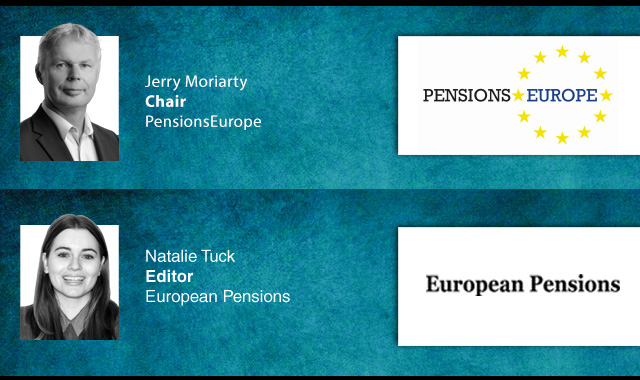Danes’ pension wealth has been driven as much by investment performance as by personal contributions, with new analysis from Insurance and Pension Denmark (I&P Denmark) showing that pension companies have generated DKK 2,585bn in returns since 2002.
This equates to an average gain of nearly DKK 600,000 for every Dane aged 25 or older.
For example, if a Dane had invested DKK 100 in 2002, that amount would have grown to DKK 376 by 2024. Despite three years of negative returns during the 23-year period, overall performance has remained robust, with total pension wealth rising from DKK 805bn to DKK 3,679bn.
According to I&P Denmark, the findings underline that investment returns are just as significant as the amounts savers contribute themselves. Over the same period, Danes have paid in DKK 2,623bn – meaning that returns have almost matched contributions.
Furthermore, the return corresponds to around 88 per cent of Danish gross domestic product (GDP).
I&P Denmark CEO, Kent Damsgaard, said the analysis shows that investment returns are a “decisive driving force” of Danes’ pension wealth.
He added that almost two-thirds of these investments are outside of Denmark, “sending thousands of kroner home each year to every single Danish saver”.
Despite this success, he argued that investment returns have received “little attention” in the political debate on the pension system.
“Fortunately, most employees today have solid pension savings, but the pension debate still tends to focus on the state pension and other public schemes. Politically, one could make a big difference to Danes’ pensions by strengthening the framework for achieving good investment returns,” Damsgaard said.
In response to Danes’ concerns about a rising retirement age, he said this can largely be addressed with a flexible, robust pension system.
“Many Danes are looking for the option to reduce working hours toward the end of their careers – and in return, continue working longer. We have one of the world’s best pension models in Denmark. So, with solid investment returns and greater flexibility, we can certainly meet that need,” he said.
Latest News
-
SCOOP: Netherlands' Keylane snaps up UK's Heywood in undisclosed deal
-
80% of German companies using AI in pension schemes
-
73% of global pension plans using dynamic asset allocation strategy
-
Debate prompts swing in support for releasing UK DB surpluses to employers
-
News in brief: 5 December
-
NBIM beats out Japanese govt pension fund to become world's largest asset owner
Podcast: Stepping up to the challenge

In the latest European Pensions podcast, Natalie Tuck talks to PensionsEurope chair, Jerry Moriarty, about his new role and the European pension policy agenda
Podcast: The benefits of private equity in pension fund portfolios

The outbreak of the Covid-19 pandemic, in which stock markets have seen increased volatility, combined with global low interest rates has led to alternative asset classes rising in popularity. Private equity is one of the top runners in this category, and for good reason.
In this podcast, Munich Private Equity Partners Managing Director, Christopher Bär, chats to European Pensions Editor, Natalie Tuck, about the benefits private equity investments can bring to pension fund portfolios and the best approach to take.
In this podcast, Munich Private Equity Partners Managing Director, Christopher Bär, chats to European Pensions Editor, Natalie Tuck, about the benefits private equity investments can bring to pension fund portfolios and the best approach to take.
Mitigating risk
BNP Paribas Asset Management’s head of pension solutions, Julien Halfon, discusses equity hedging with Laura Blows
© 2019 Perspective Publishing Privacy & Cookies





Recent Stories